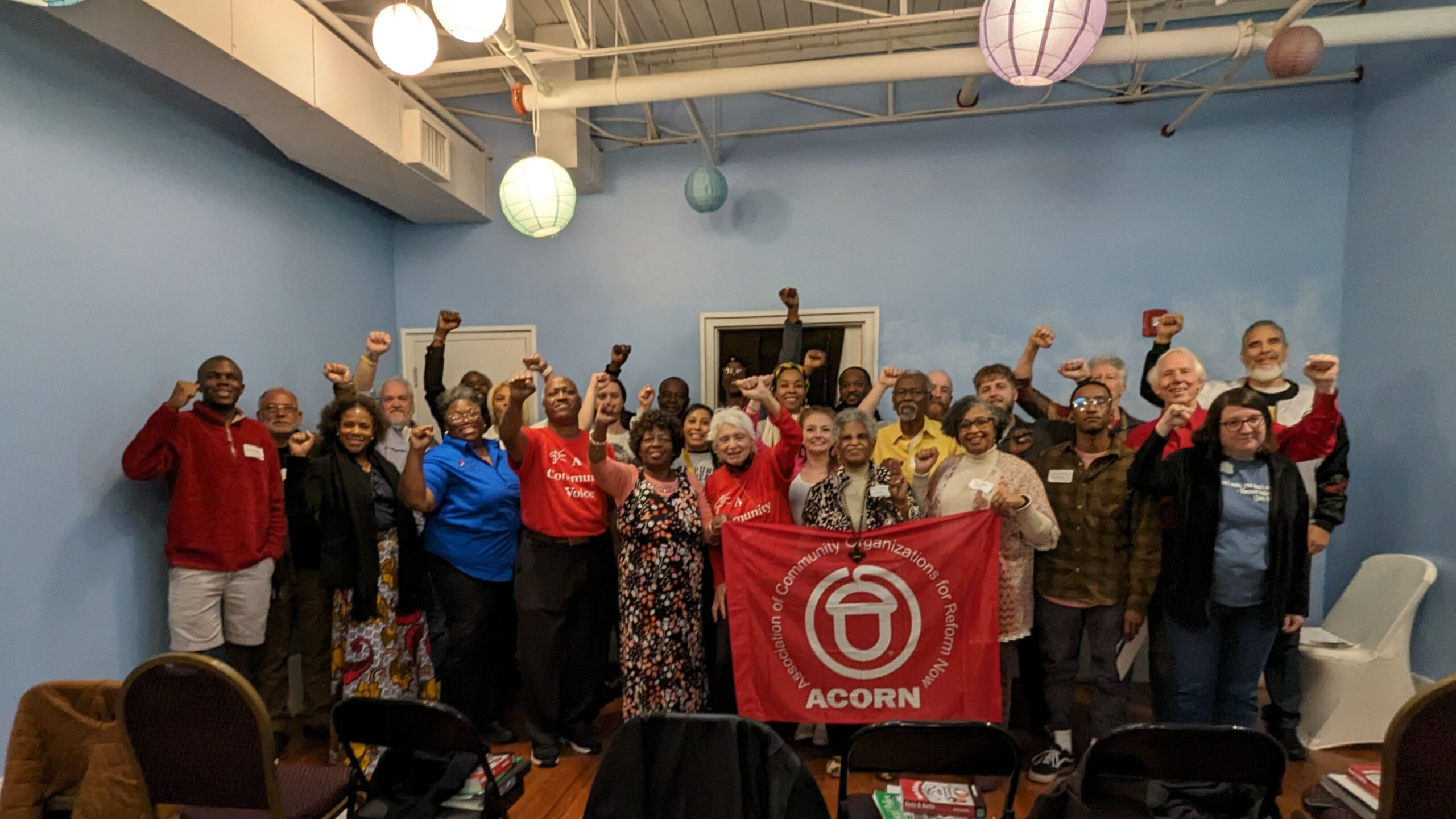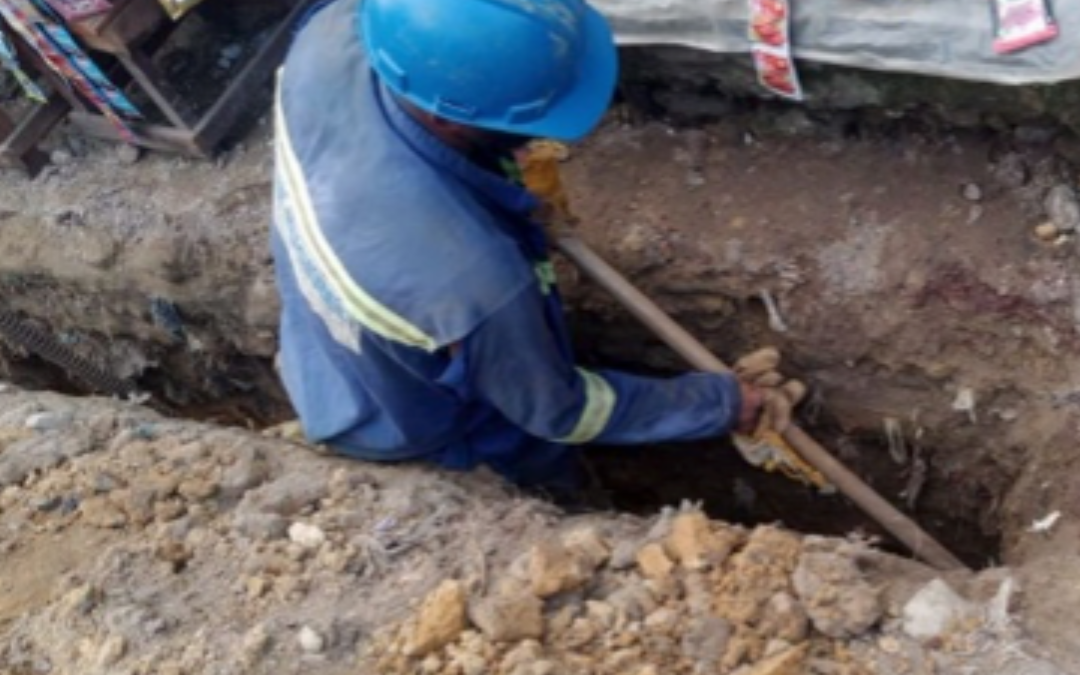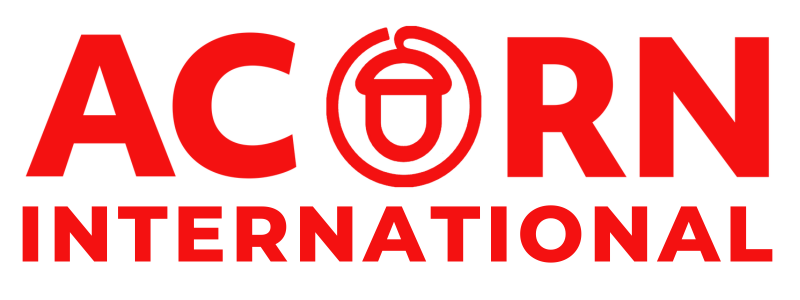Your cart is currently empty!
Category: Updates from the Field
-

A Community Voice mobilized electoral support for candidates in upcoming local elections.
A Community Voice mobilized electoral support for candidates in upcoming local elections who have pledged support for the ACV’s major environmental justice priorities: a years long effort to keep a new freeway from being built through African American communities in New Orleans, fighting the expansion of the Industrial Canal, and pushing for more cohesive hurricane warning systems and evacuation plans. -

ACORN Ontario released a new report detailing the effects on renovictions on tenants.
ACORN Ontario released a new report detailing the effects on renovictions on tenants, and called on cities across the country to stand in solidarity. ACORN Canada has called on the federal government to tax excessive profits from grocery stores across the country, which they have been raking in profits while working people struggle.
-

ACORN Kenya spent February mobilizing key participants
ACORN Kenya spent February mobilizing key participants and gathering information to accelerate their youth education advocacy programs in the settlement of Korogocho. They have submitted a petition to the Kenyan government demanding that they meet their promises to provide free food for over a quarter million students, which would make attending school possible these young people.
-

Alliance Citoyenne organized over 50 tenants from Aubervilliers
Alliance Citoyenne organized over 50 tenants from Aubervilliers to stand together against injustices from their landlord. Together, they are developing petitions, rallies, and a rent strike to amplify their voices and get members the justice they deserve.
-

ACORN International and Anthropocene Alliance Join Forces to Train Environmental Justice Organizations
ACORN International partnered with Anthropocene Alliance to train 20 environmental justice organizations from the US Gulf Coast on the fundamentals of ACORN’s model of community organizing. It was a big success, and we’re looking forward to training dozens more organizations in Georgia, North Carolina, Pennsylvania, Ohio, and the West Coast.
-

ACORN International Gathers for Vital Discussions and Climate Change Workshop in Louisiana
ACORN International held their “Year End/Year Beginning” meeting in Louisiana this month, including including a one-day training workshop on climate change in the Gulf Coast, and two intense staff meeting days. A major highlight was the critical discussions during Sunday morning’s session!
-

Cheers to The OnEstEnsemble Citizen Alliance Safe Water Victory
The OnEstEnsemble Citizen Alliance had an incredible win in January! After several years without easy access to safe drinking water, construction has begun to connect the residents of Douala to the drinking water network!
-

ACORN India and SOSVA are making a difference in Dharavi by educating and providing resources.
ACORN India and SOSVA continued their important program to provide education and resources about menstruation to teen girls in Dharavi. Since the program began, they have worked with over 600 adolescents, providing three months worth of free sanitary products.
-

Solidarity Wins! Living Rent Glasgow secures a major victory.
Living Rent Glasgow had a major victory when they successfully resisted an unjust eviction for a family who needed wheelchair access. When the city council issued an eviction notice, the family feared moving into a hotel or the streets. Living Rent sprang into action, and in partnership with the ASH Project, put pressure on the city council until the family was allowed to stay. When we stand together, we win!
-

A Community Voice in Action!
A Community Voice continued to organize local residents in the 9th Ward of New Orleans against construction of a massive new port that would displace and disrupt historically Black neighborhoods in the city. United Labor Unions Local 100 has a tentative agreement with ABM for janitors and groundskeepers at UNO and Inspire Charter Schools. If member decide to ratify the agreement, it will increase pay, improve working conditions, and provide transparency to workers!
